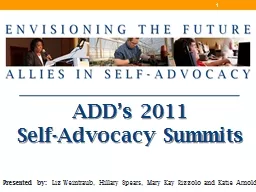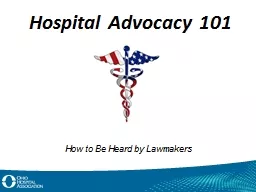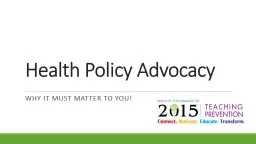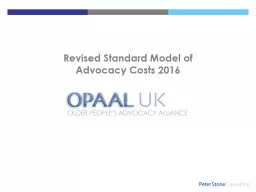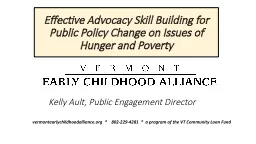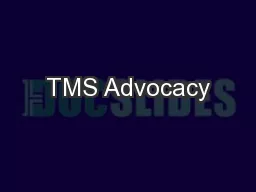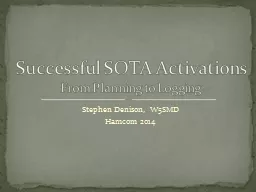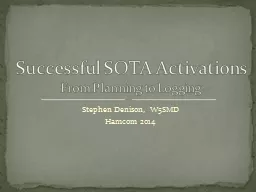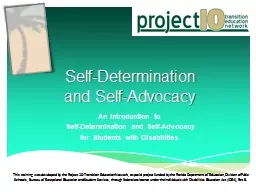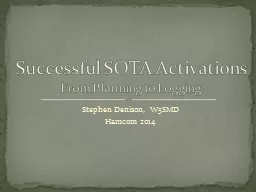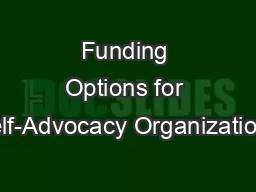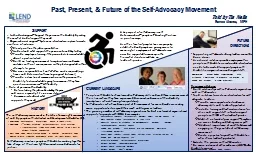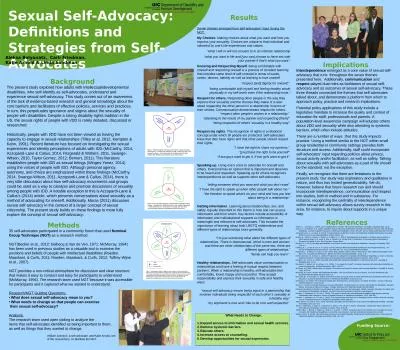PPT-ADD’s 2011 Self-Advocacy Summits
Author : unisoftsm | Published Date : 2020-08-05
1 Presented by Liz Weintraub Hillary Spears Mary Kay Rizzolo and Katie Arnold Reports are available here and they will be available online soon 2 The purpose of
Presentation Embed Code
Download Presentation
Download Presentation The PPT/PDF document "ADD’s 2011 Self-Advocacy Summits" is the property of its rightful owner. Permission is granted to download and print the materials on this website for personal, non-commercial use only, and to display it on your personal computer provided you do not modify the materials and that you retain all copyright notices contained in the materials. By downloading content from our website, you accept the terms of this agreement.
ADD’s 2011 Self-Advocacy Summits: Transcript
Download Rules Of Document
"ADD’s 2011 Self-Advocacy Summits"The content belongs to its owner. You may download and print it for personal use, without modification, and keep all copyright notices. By downloading, you agree to these terms.
Related Documents

